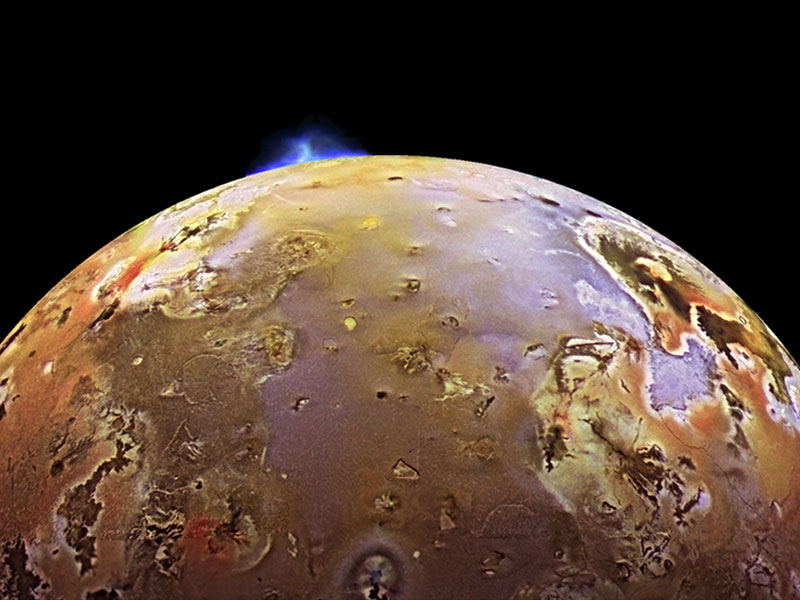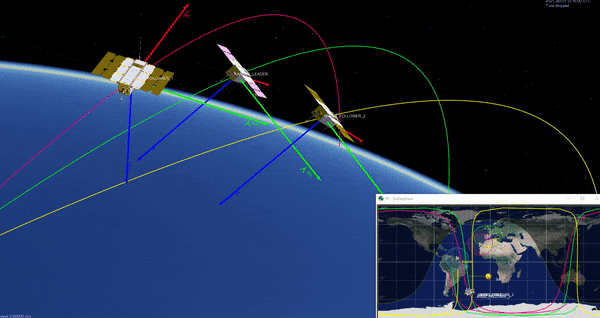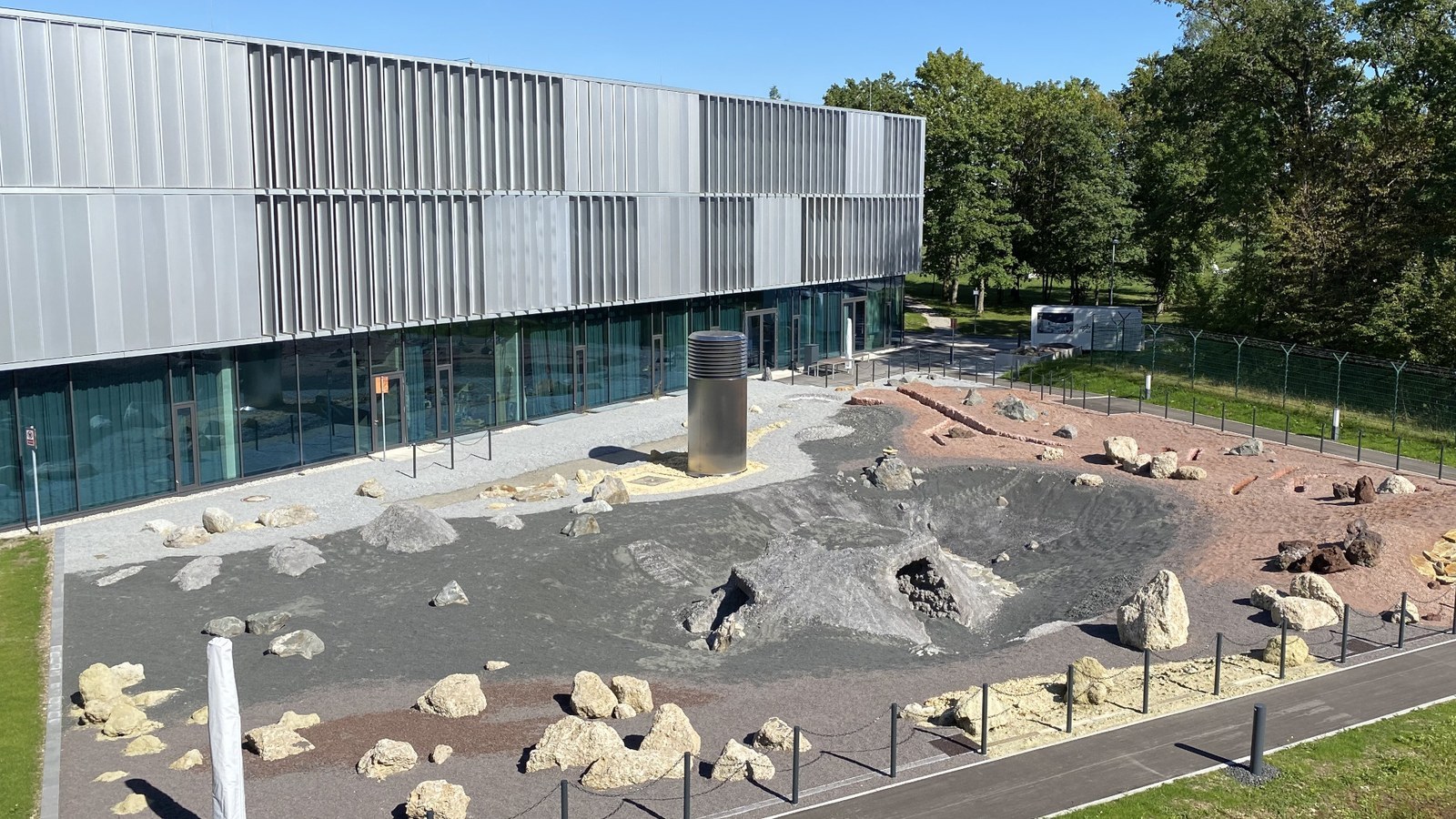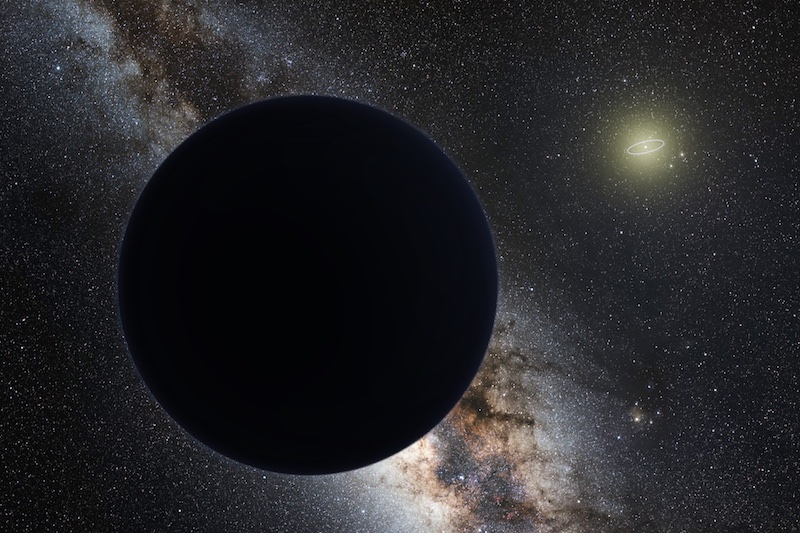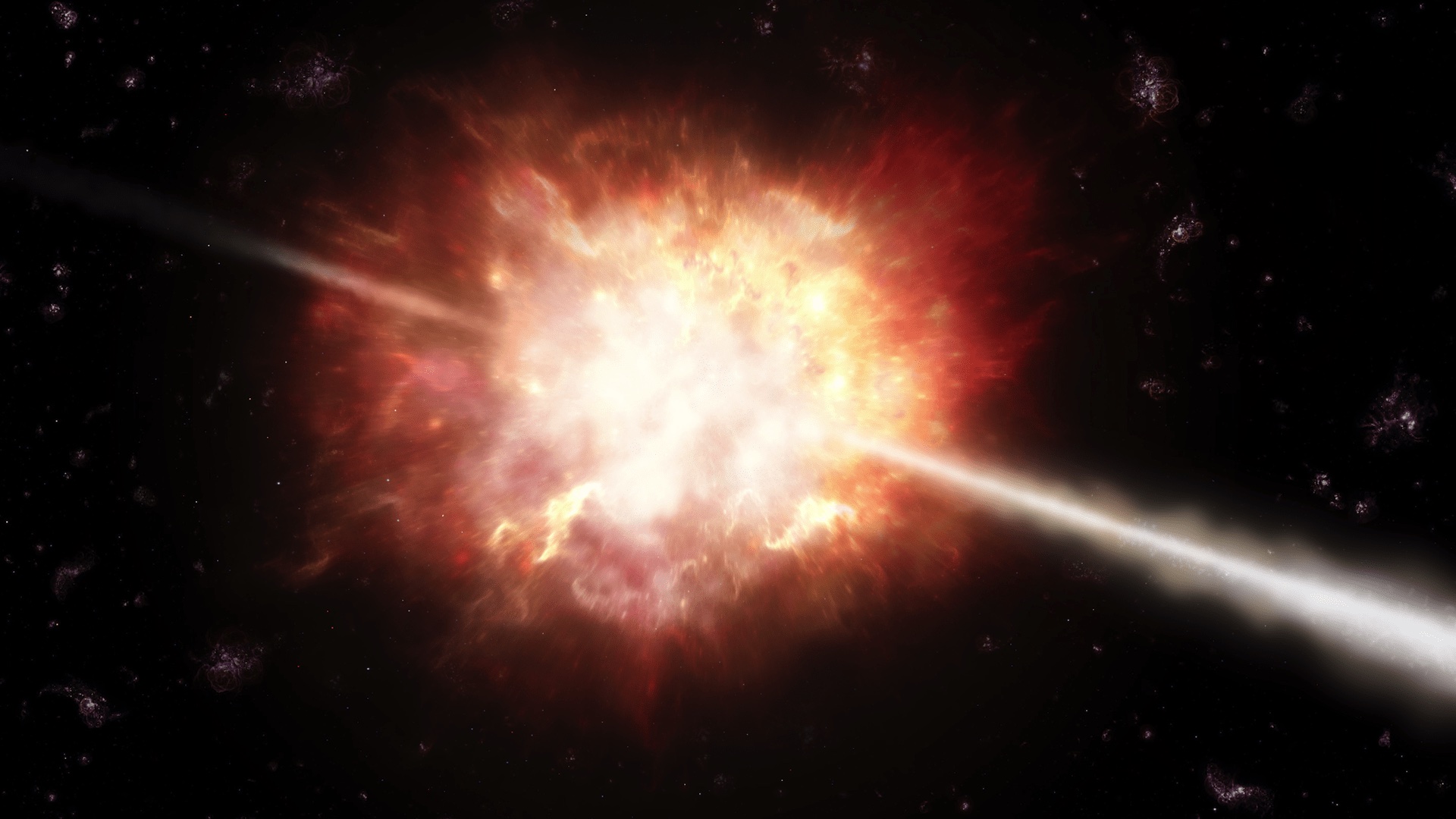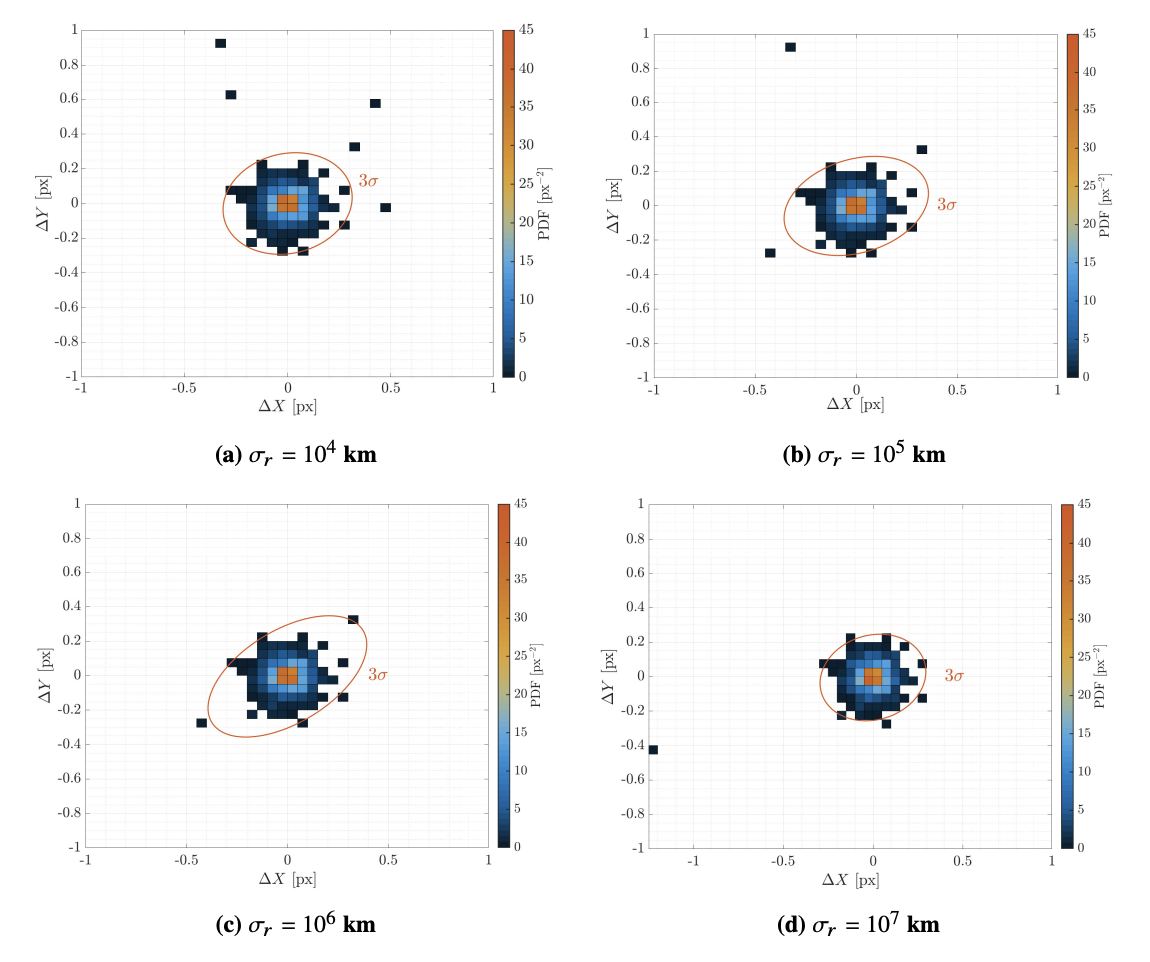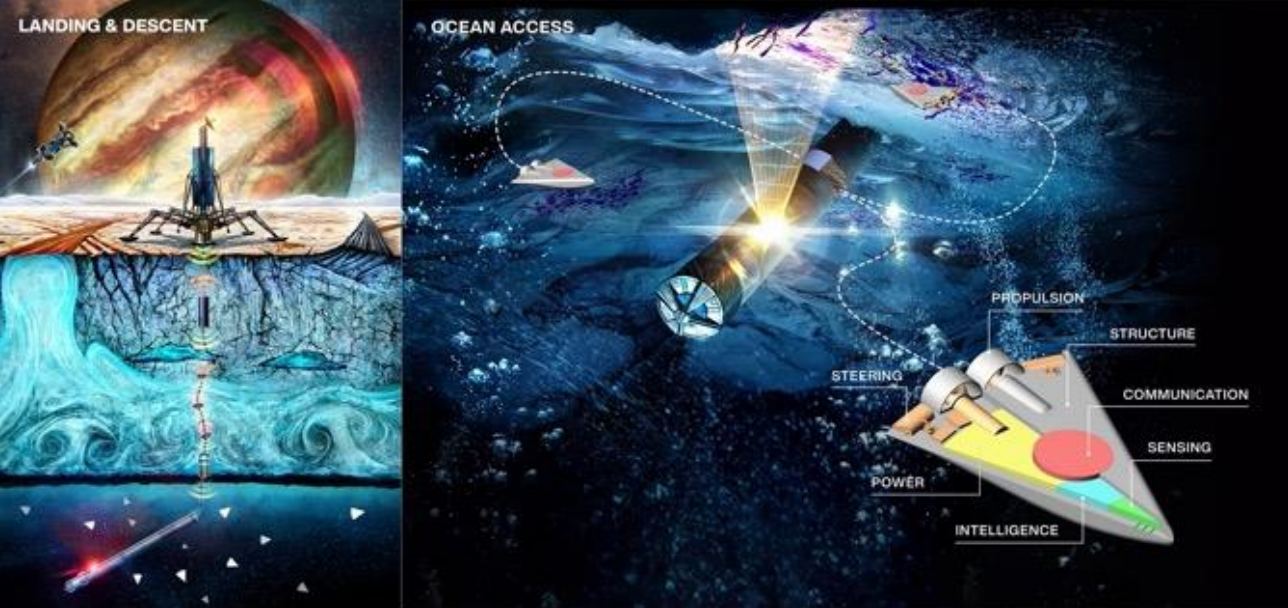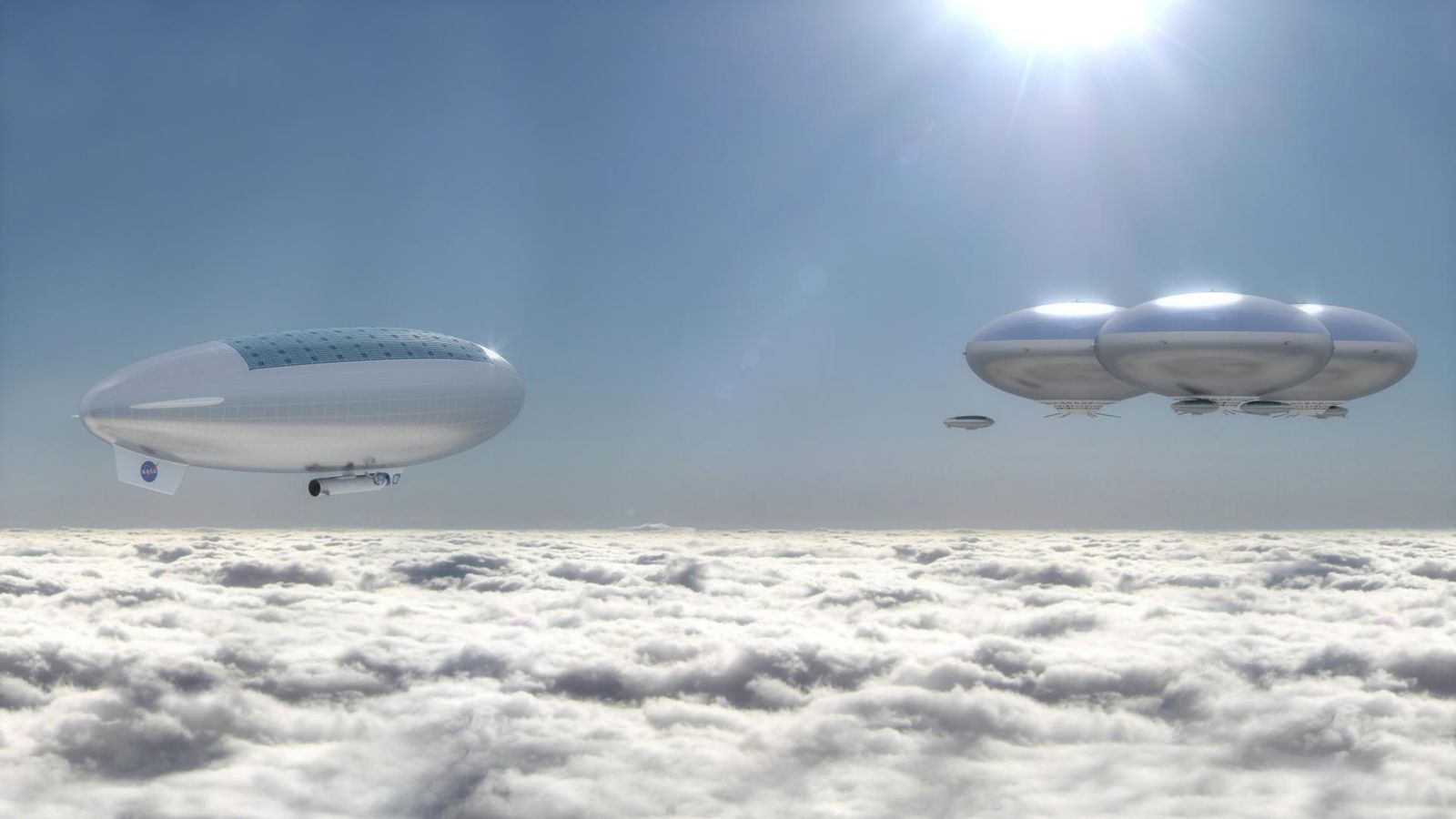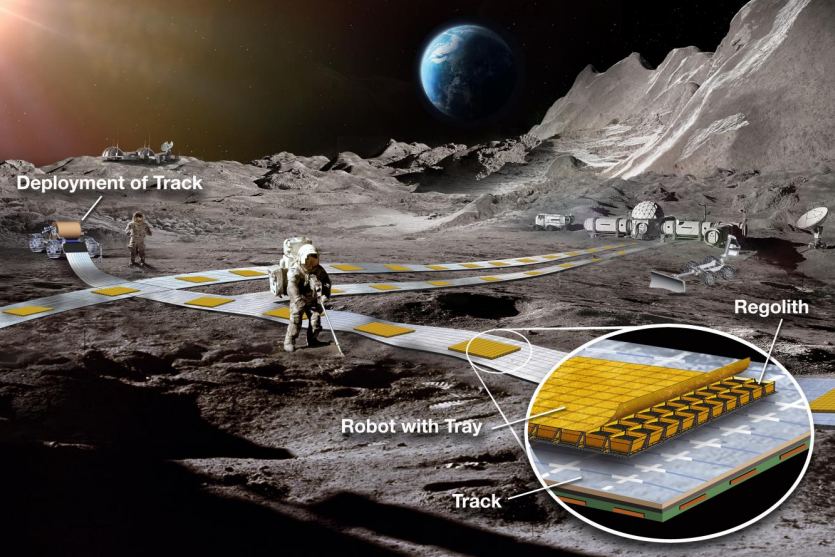Even with the clearest image from the best telescope in the world, astronomers still won’t know what they’re looking at. It takes a fundamental understanding of physics, particularly how light works, to glean scientific data from the images that telescopes like the James Webb Space Telescope (JWST) capture. To help with that understanding, a whole group of physics modelers specialize in trying to understand what different scenarios would look like with different telescope technologies. A new paper fits neatly into this mold, where researchers from UC Riverside, NASA Goddard, American University, and the University of Maryland decided to model what they think volcanic activity would look like on an exoplanet around a Sun-like star.
Continue reading “What Would It Take to See Exoplanet Volcanoes?”Want to Explore Neptune? Use Triton’s Atmosphere to Put on the Brakes
Aerobraking is commonly used to slow down spacecraft when they arrive at various planetary systems. It requires a spacecraft to dip into the atmosphere of a celestial body in the planetary system, such as a moon or the planet itself, and use the resistance from that atmosphere to shed some of its velocity. That slow-down would then allow it to enter an orbit in the planetary system without carrying the extra fuel required to do the maneuvers through powered flight, thereby saving weight on the mission and reducing its cost.
Unfortunately, saying the orbital dynamics of such a maneuver are complicated is an understatement. But ultimately, for any aerobraking to be viable, someone has to do the math. And that’s just what Jakob Brisby and James Lyne, a graduate student and professor at the University of Tennessee Knoxville, did for some of the least visited planetary systems in the solar system – Neptune.
Continue reading “Want to Explore Neptune? Use Triton’s Atmosphere to Put on the Brakes”A Flock of CubeSats Will Use Wings to Maneuver at the Edge of Space
CubeSats are taking on more and more responsibility for remote monitoring of the Earth. As they become more ubiquitous, they will also gain more varied propulsion systems. Or, in the case of a new set of monitoring CubeSats from INTA, Spain’s Institue of Aerospace Technology, no propulsion system at all.
Continue reading “A Flock of CubeSats Will Use Wings to Maneuver at the Edge of Space”Future Moon and Mars Rovers Have a New Sandbox to Learn in
In-situ testing for space equipment is complex when it has to be developed on Earth, which is the case for literally all of it, at least for now. Typically, engineers and scientists developing the next Lunar or Martian robotic explorer would seek out exotic destinations that, while they look like they fit on another planet, were just more exotic parts of ours. The robotics team at DLR, Germany’s space agency, decided they could do better. So they built a 1500 sq meter test bed for their upcoming Martian and Lunar exploration bots.
Continue reading “Future Moon and Mars Rovers Have a New Sandbox to Learn in”Could Modified Gravity Be the Answer to Planet 9?
As students advance to higher and higher physics courses, they eventually learn that the simple Newtonian dynamics they learned about in early classes aren’t completely accurate models for understanding the universe. If things get too big or fast, they fall into the realm of relativity, or if they get too small, they get caught up in quantum mechanics. However, simple Newtonian dynamics does the trick for things ranging from how a baseball flies to how planets orbit the Sun.
Continue reading “Could Modified Gravity Be the Answer to Planet 9?”What’s the Link Between Gamma Ray Bursts and Supernovae? It Might Be Binary Stars
Gamma-ray bursts (GRBs) are some of the most violent events in the universe. Some have a power output equivalent to all of the other stars in the observable universe, at least in the spectrum of gamma rays. But we know very little about them. A new paper from researchers on an interdisciplinary team from seven countries puts forth a new theory about how at least one type of GRB happens – when a binary of two specific types of stars collapses and forms a black hole.
Continue reading “What’s the Link Between Gamma Ray Bursts and Supernovae? It Might Be Binary Stars”Let the Robot Take the Wheel. Autonomous Navigation in Space
Tracking spacecraft as they traverse deep space isn’t easy. So far, it’s been done manually, with operators of NASA’s Deep Space Network, one of the most capable communication arrays for contacting probes on interplanetary journeys, checking data from each spacecraft to determine where it is in the solar system. As more and more spacecraft start to make those harrowing trips between planets, that system will not be scalable. So engineers and orbital mechanics experts are rushing to solve this problem – and now a team from Politecnico di Milano has developed an effective technique that would be familiar to anyone who has seen an autonomous car.
Continue reading “Let the Robot Take the Wheel. Autonomous Navigation in Space”A Swarm Of Swimming Microbots Could Be Deployed To Europa’s Ocean
Europa and other ocean worlds in our solar system have recently attracted much attention. They are thought to be some of the most likely places in our solar system for life to have developed off Earth, given the presence of liquid water under their ice sheathes and our understanding of liquid water as one of the necessities for the development of life. Various missions are planned to these ocean worlds, but many suffer from numerous design constraints. Requirements to break through kilometers of ice on a world far from the Sun will do that to any mission. These design constraints sometimes make it difficult for the missions to achieve one of their most important functions – the search for life. But a team of engineers from NASA’s Jet Propulsion Laboratory think they have a solution – send forth a swarm of swimming microbots to scour the ocean beneath a main “mothership” bot.
Continue reading “A Swarm Of Swimming Microbots Could Be Deployed To Europa’s Ocean”Floating Seismometers Could Help Peer Into The Core of Venus
Seismology has been ubiquitous on Earth for decades, and missions such as InSight have recently provided the same data for the inside of Mars. Understanding a planet’s inner workings is key to understanding its geology and climate. However, the inner workings of Venus, arguably our closest sister planet, have remained a mystery. The sulfuric acid cloud and scorching surface temperatures probably don’t help. But Siddharth Krishnamoorthy from NASA’s Jet Propulsion Laboratory and Daniel Bowman of Sandia National Laboratory think they have a solution – use seismometers hanging from balloons.
Continue reading “Floating Seismometers Could Help Peer Into The Core of Venus”A Maglev System On The Moon Could Make Lunar Logistics A Breeze
Maglevs are one of those technologies that still look like magic, even years after they were initially rolled out. While they have long been a workhorse of the transportation systems of some major cities, they don’t often impact the day-to-day lives of people who don’t use them to commute. But, they might be invaluable in another setting – lunar exploration. There’s an ongoing debate about the best way to shuttle stuff around on the Moon’s surface, and a team from JPL and a company called SRI International think they have a solution – deploy a maglev track on the Moon.
Continue reading “A Maglev System On The Moon Could Make Lunar Logistics A Breeze”
